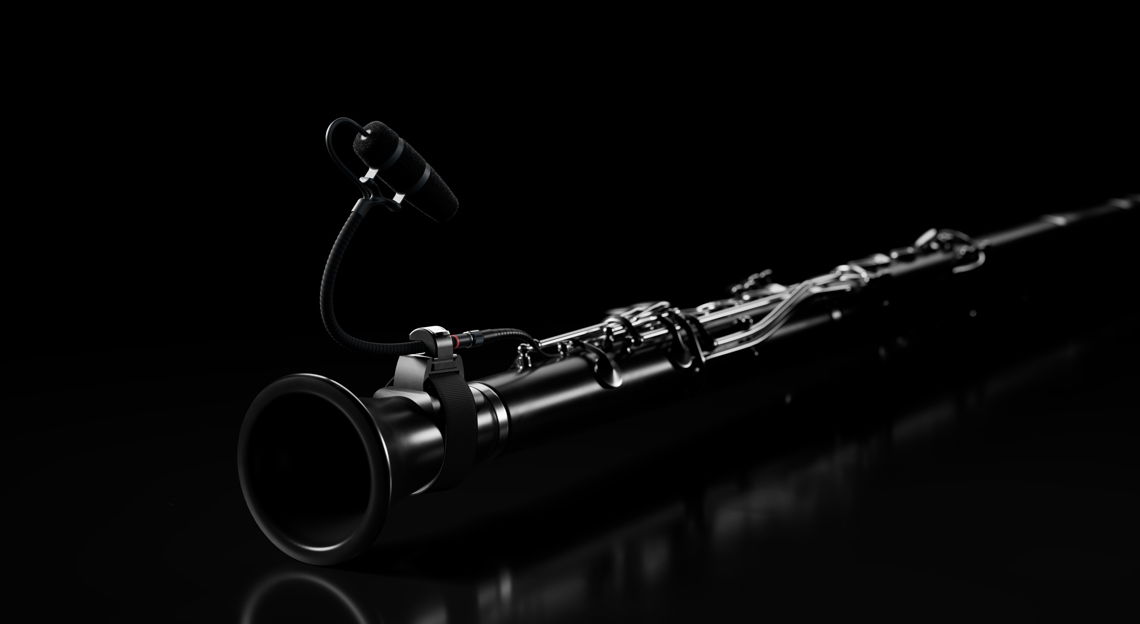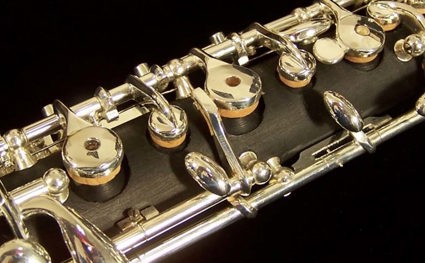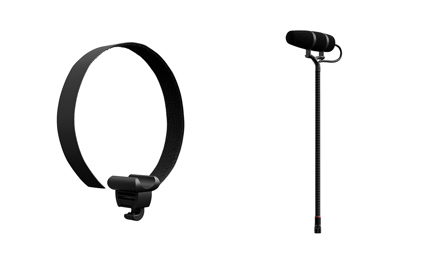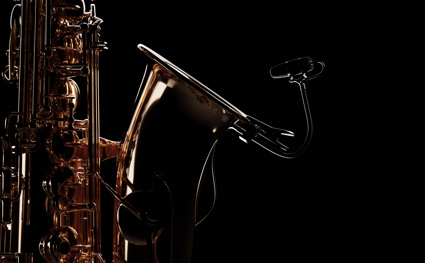How to mic a clarinet
Guidelines for miking the clarinet with DPA Microphones.

Error loading Partial View script (file: ~/Views/MacroPartials/TaggedProducts.cshtml)
Close- or spot-miking a clarinet is very similar to that of the soprano saxophone, bassoon and oboe: Aim the mic at the fingering holes, a third of the length up from the bell, at a distance of 15-20 cm. Use an omnidirectional mic such as the 4006A Omnidirectional Microphone or a 4006C Omnidirectional Microphone, Compact when possible. If more separation is needed or you want less of the room to blend in, you can also use a 4011A Cardioid Microphone or 4015A Wide Cardioid Microphone. If you want to take up less space, consider the 4011C Cardioid Microphone, Compact and 4015C Wide Cardioid Microphone, Compact as convenient, elegant options.
In an effort to seek separation, engineers might use very directional cardioids instead of omnis or wide cardioids, which provide a better overall sound. They should aim to capture a rich and natural clarinet sound, not necessarily without anything else. High directionality microphones are often too focused and less natural to blend in for these purposes.
If you are in a multitrack orchestral situation with two flutes, two oboes, two clarinets, and two bassoons, an off-axis omni or wide cardioid microphone technique works well. Place the microphone between the two instruments, at about head height, and pointing straight down at the floor, which should not be carpeted. This technique will eliminate "keyboarding" and the bizarre polar patterns of these instruments will find their way into the microphone. When panned correctly in the stereo image, time delayed into the main microphone array and mixed in to the rest of the orchestra, which will not demonstrate that "too close" sound that you should try to avoid with this type of recording.
Alternatively, place the microphone in front of your clarinet players, in between two players, again at head height, over the clarinets and angled a bit downward. This provides a richer sound, with the clarinet sound at the core. Since woodwinds are never placed in front of the orchestra, this spot mic technique requires you to place the woodwind section into the mix with pan pots, faders and possibly reverb to the position and depth that they physically occupy.
When there is a lot of background noise or bleeding PA speakers, employ a very close microphone such as the 4099 CORE+ Instrument Microphone. With its simple, brilliant hook-and-loop fastener strap, the U-CLIP can easily be fixed around the clarinet at the top, close to the bell, but not necessarily pointed into the bell! Point it toward the keys instead. This way the mic—being close to the bell but pointing at the tone holes—will pick up a blend of the two.
Miking a bass clarinet is a bit different, as it radiates its sound much like the saxophone, with a blend of bell and tone hole outputs. Therefore, when close-miking the bass clarinet, make sure to treat both components as homogeneous.






